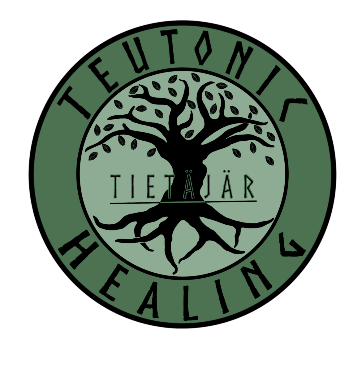The notion of harvest should interest us perhaps in the way our ancestors would have understood it. There was not just one understanding of harvest, the slaughtering of animals, drying the salted meat in the autumnal sun, or smoking it in smokehouses, putting it up for the coming several months, celebrated at Kekri. Yes, that was one harvest, as it was the final harvest of some fruits, root crops, and berries that ripened in autumn, but the event we now know as Freyfaxi or its Celtic equivalent, Lammas, would be the earlier harvest. This was still the exoteric meaning of harvest, gathering in the fruits of the earth and celebrating the bounty.
These were the very real, physical events, but the ancients understood that they were also metaphors, mirrors for a parallel and coexistant non material reality, a spiritual and experiential progression of events.
The parallel meaning would not have been lost on them. Our forebears would have known that this annual set of observances was but a microcosm of the larger whole, the harvest of time, the harvest of the fruits “sewn” in our lives. It was understood, and an elder, a gydja or a gothi might have addressed all at a horgr in the Haying, or August festival or more likely a hofr in the Hunting or late October observance.
The metaphysical side of harvest awareness is that we sew, water, weed, and fertilize our efforts, what we felt called upon to do or to create in the short season of a lifetime, then, as we are increasingly incapable of these activities, we harvest, we get the satisfaction of seeing the efforts, the plans, the intentions that we set out as slender ships on the seas of Fate as they mature into realities.
It is almost as if, when at any age we can think beyond the present and make steps now to build our circumstances and resources toward an envisioned future reality, we are in a sense time traveling. The older version of oneself I can be assured, will meet with these efforts, then blossomed into material reality. This does not necessarily mean material acquisition or hoarding whatever form of wealth might be negotiable in that future time. It can mean making regular gym visits, or setting up a habit of daily walking, or enjoying solid nutrition, rather than eating highly processed food for entertainment. All of these produce a harvest of enjoying a more mobile, slender, healthier body.
This is not to say that one legacy that a person seeks to build is any greater than another. One may strive to preserve heritage that otherwise is lost in the morass of multiculturalism and cultural relativism. Another might work to advance science for the service of life satisfaction rather than as technologies hoarded for the further enrichment of the cryptocracy. Just as importantly, another may become a great baker, preparing heathy and satisfying grain specialties that end up, over a working life, pleasing generations of cafe goers. Yet another might be a single grandparent or two devoted parents, raising and enriching the life of a child so that he or she becomes a living repository of all kinds of knowledge and culture. Yet another might be a nurturing dad and practical partner in the household whose labors assure that children and grandchildren feel nurtured and promoted to become their best selves. Likewise would be the mother who passes on the domestic skills her mother and grandmother taught in turn to her children, yet helping the household be viable by at the same time working or homeschooling.
I don’t mean to belabor the list.
All these lives have something’s in common. Their aim is at goals beyond themselves. Their focus is usually on projects, knowledge, acheivements, or those close to us whom we would nurture, where the significance of that working ripples out to many others and often beyond our own times, whether we work in the background, or are ever known for the work or not. The important thing is that it take place. If we are in the sewing phase, the cultivating, fertilizing, and watering phase, or the harvesting, we are connected by our efforts to the wheel of life, which is part of the wheel sometimes burnt at kekri. We do not look at it as the Asian metaphysicians did, as maya, illusion, to be overcome or the wheel as “the sorrowful wheel of life, death, and rebirth,” but rather as the wheel of effort, family, and community, through which we contribute as best we can and which, in turn, bestows on us the sense of place, of belonging, of relevance, and that is the ultimate harvest of the life intentionally lived.
